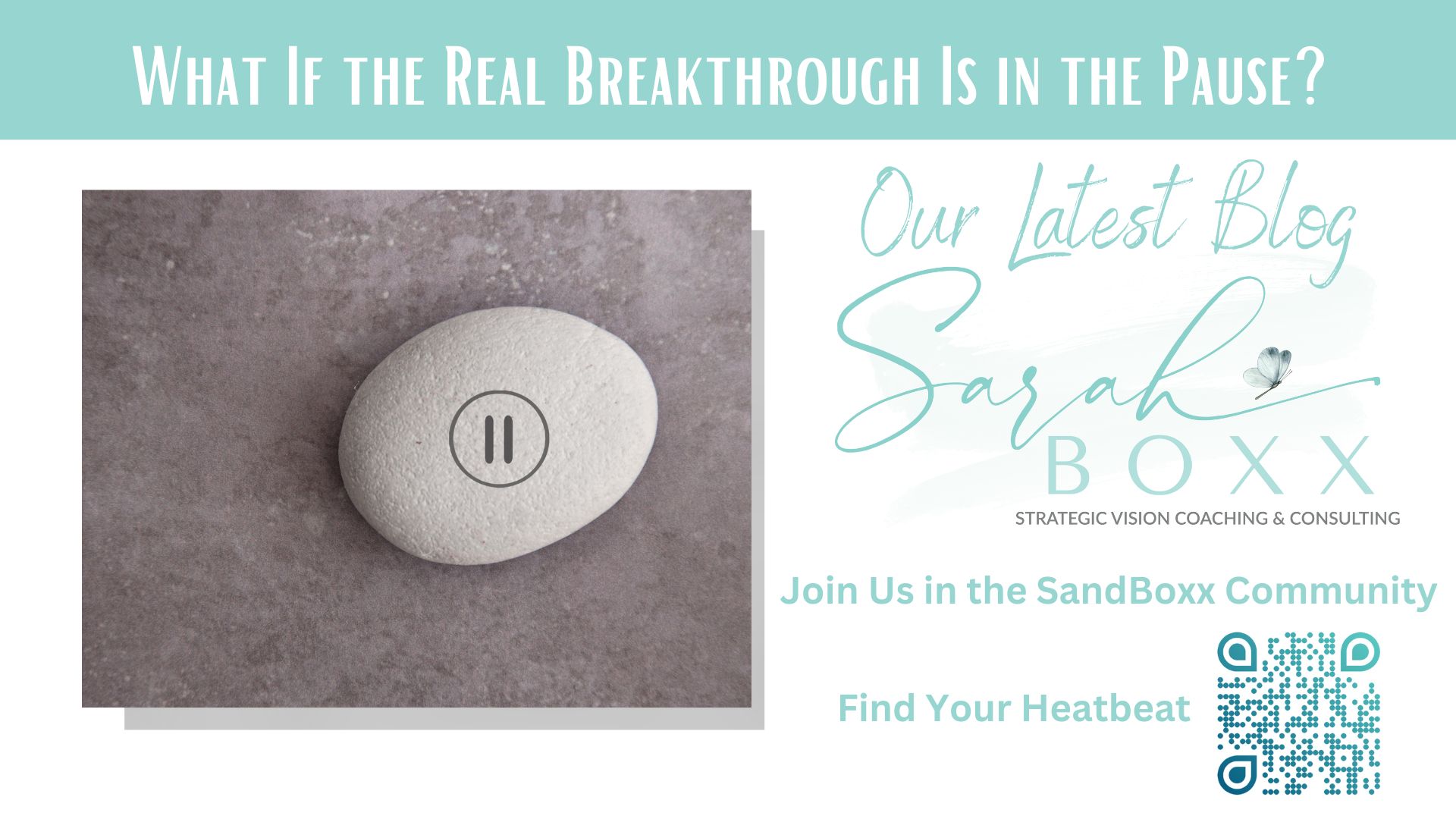Ah, the Enneagram. It seems to be popping up just about everywhere, right?
Personally, the Enneagram has become one of my favorite strategic tools for deepening self-awareness and understanding. The Enneagram coaching work that I am fortunate to do has given me the gift of seeing transformation in the lives of so many.
But, I also realize that not everyone is as familiar with the Enneagram as I’ve come to be. Perhaps you fall into this category. Let’s break it down!
What is the Enneagram?
To put it simply…the Enneagram is a personality assessment tool designed to help individuals understand themselves and their relationships with others more deeply and profoundly.
While the Enneagram symbol has ancient roots and can be traced back to the Greek philosopher, Pythagoras, the modern Enneagram assessment was developed in the 1960s by a man named Oscar Ichazo. Ichazo introduced the Enneagram as a way to help people understand why they think, feel, and behave in particular ways. Yet the Enneagram offers so much more than that when it comes to who we are, the stories we believe about ourselves, and the future we desire.
How does it work?
The Enneagram divides people into nine different personality types. The different types describe our unique habits, tendencies, and behaviors. Each type comes with it’s own strengths and, understandably, its own weaknesses. (Such is life, right?)
To receive your type, begin by taking the Enneagram assessment. Like most self-assessments, this test involves reviewing a series of “I statements.”
For example, you may see the statement:
“Suffering from analysis paralysis, I tend to distrust my own thoughts, which leads me to seek advice from others before making a decision.”
After reading, you will be asked to evaluate whether you agree or disagree with each statement. This process will continue until you complete the assessment and are given your suggested “type.”
The Types are…
Type 1: Principled Reformer
Type 2: Nurturing Supporter
Type 3: Admirable Achiever
Type 4: Introspective Individualist
Type 5: Analytical Investigator
Type 6: Faithful Guardian
Type 7: Enthusiastic Optimist
Type 8: Passionate Protector
Type 9: Peaceful Accommodator
When you receive your results, you’ll be informed of your predicted type (example: Type 2: Nurturing Supporter) and given a detailed description of your type characteristics. This description will provide a few key insights into your personality, including:
- Your core fear (ex: being rejected or unloved)
- Your core desire (ex: being appreciated, loved, and wanted)
- Your core weakness (ex: pride)
- Your core longing (ex: “You are wanted and loved.”)
*These examples are taken from the description of a Type 2: The Nurturing Supporter. Other types will have different information.
Testing Your Results
Take a minute to read the description. Does it sound like you? Can you relate to the statements provided?
Part of the Enneagram process involves testing your results in daily life. Instead of blindly accepting your results as fact, I encourage you to spend some time evaluating whether you feel your type results truly are accurate.
I’ve found it can be hugely beneficial to unpack your results with someone else. The insights of an objective observer can be so helpful in understanding the unique nuances of your type and learning to use your results for personal (or professional) growth.
I’d love to discuss your Enneagram results with you! Click here to sign up for a with me. In this call, we will discuss your response to your assessment results and whether or not they align.
Want to go deeper? We can talk about that, too!
Article was contributed by: Maria Lees, Team Writer with Sarah Boxx




